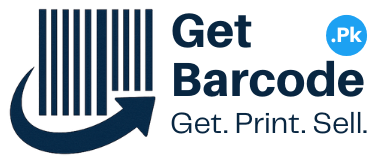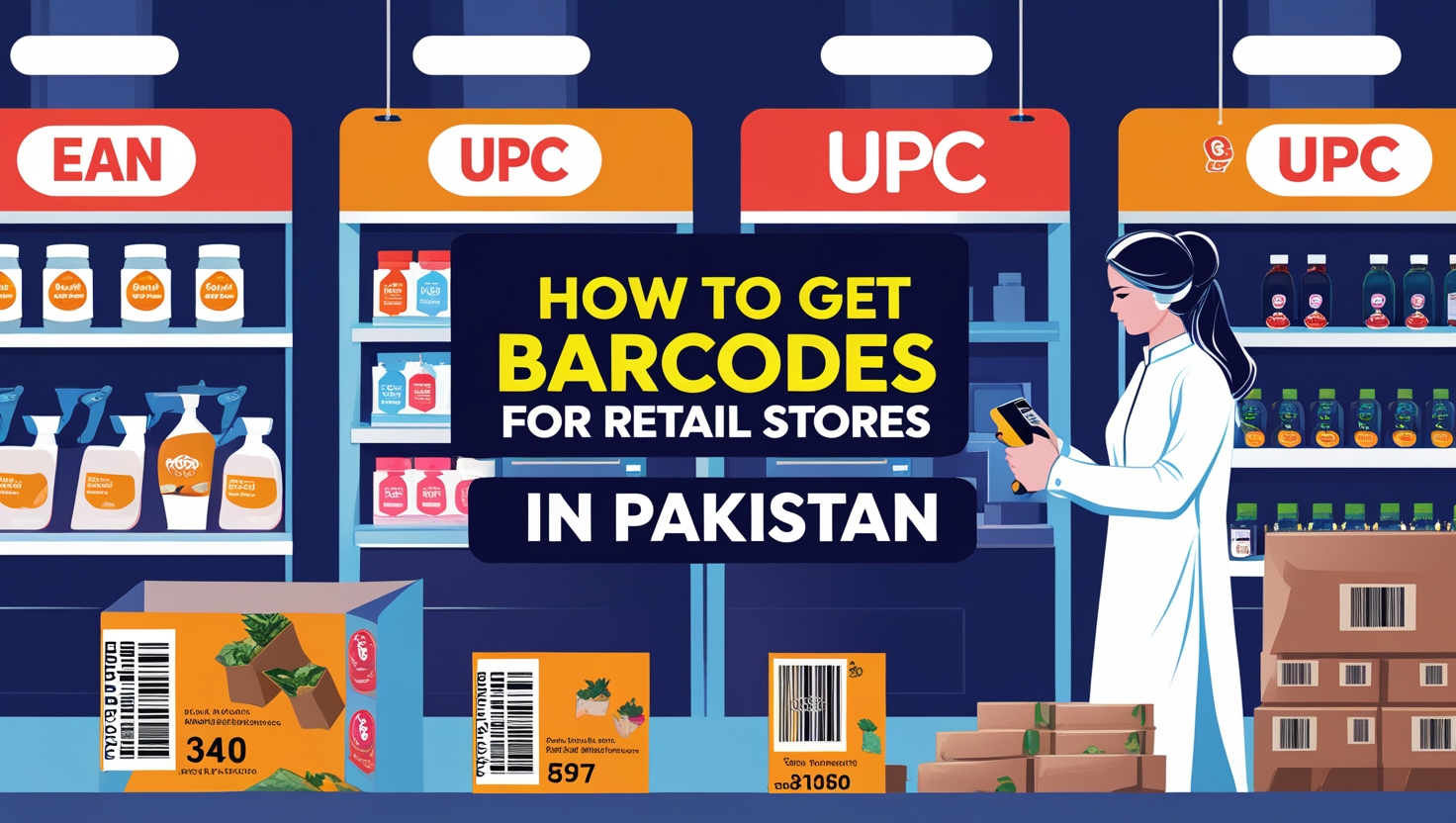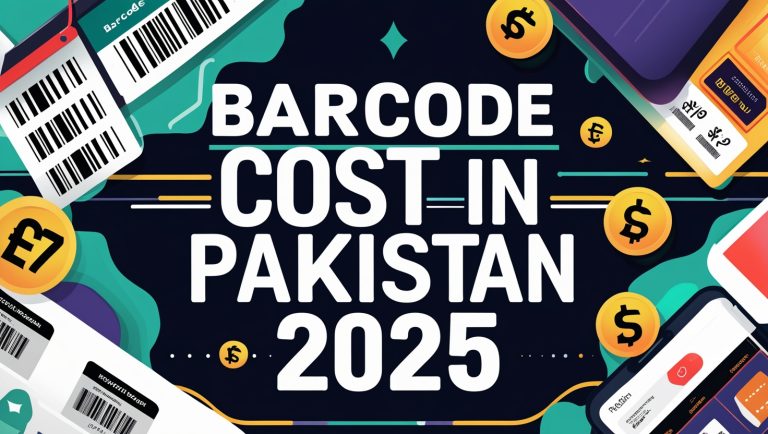How to Get Barcodes for Retail Stores in Pakistan (2025 Guide)
If you plan to sell your products in retail stores or online marketplaces like Daraz in Pakistan, having a valid barcode is essential. Barcodes are critical for scanning, inventory management, and retail acceptance. Without barcodes, many stores and marketplaces will refuse to stock your product.
Here’s a complete, practical guide on how to get Barcodes for retail stores in Pakistan:
Step 1: Understand the Barcode Types
There are two main retail barcodes used in Pakistan:
✅ EAN-13 (used internationally, including Pakistan)
✅ UPC-A (commonly used in North America)
Most Pakistani retailers and marketplaces like Daraz will prefer EAN-13 because it is globally recognized. UPC-A is also accepted, but EAN-13 is the standard for Pakistani retail shelves.
Step 2: Choose a Barcode Service Provider
There are two main ways to get barcodes:
✅ GS1 Pakistan (Membership-Based)
-
Requires membership and annual fees
-
Higher initial investment
-
Recommended if your supply chain or big international retailers strictly demand GS1
✅ Independent Barcode Service Providers
-
One-time payment, no annual renewal
-
Affordable for small and medium businesses
-
Provides valid EAN or UPC numbers with a certificate
-
Accepted by most Pakistani retailers and marketplaces like Daraz
Step 3: Assign Barcodes to Products
Each product, and every variation of it (like different sizes or colors), needs its own barcode. For example, if you sell a shampoo bottle in 200ml and 400ml sizes, you must assign two separate barcodes.
It’s best to plan your product lines in advance to avoid barcode shortages later.
Step 4: Add Barcodes to Your Packaging
You’ll need to place the barcode image correctly on your product packaging or labels. The standard GS1 barcode size is about 37.29 x 25.91 mm. Make sure it is printed clearly, with enough white space around it, so scanners can read it easily.
If you’re selling on Daraz, add your barcode number to the Daraz seller portal when listing your products so they match your stock.
Step 5: Register or Share Product Data
After getting your barcodes, you should register them or share the data with your retailers. This ensures their inventory systems can recognize your product and match it to your barcode. Some barcode service providers can even help you register your barcodes in global lookup databases for better online search visibility.
Step 6: Stay Organized
Keep a spreadsheet with your product names, sizes, colors, and their corresponding barcode numbers. This helps you avoid confusion later, especially if you expand your product range.
Final Tips
✅ Always check with your retailer, marketplace (like Daraz), or distribution partner about their barcode requirements
✅ Choose a provider that gives you images in multiple file formats (PNG, JPG, EPS) for easy use in design
✅ Make sure the barcodes are globally unique and not reused
By following these steps, you can confidently bring your products to retail shelves in Pakistan and marketplaces like Daraz with a professional, secure barcode system.
If you’re looking for a simple, affordable solution for barcodes in Pakistan, GetBarcode.pk offers authentic, globally recognized EAN and UPC barcodes with instant delivery, no annual fees, and professional support. Visit our Buy Barcodes page to get started.


